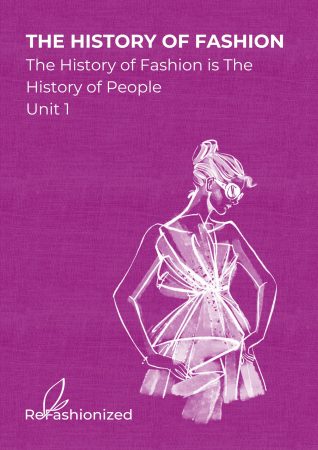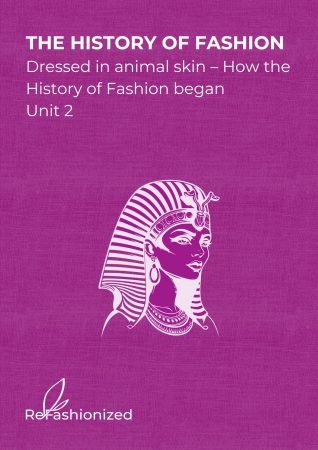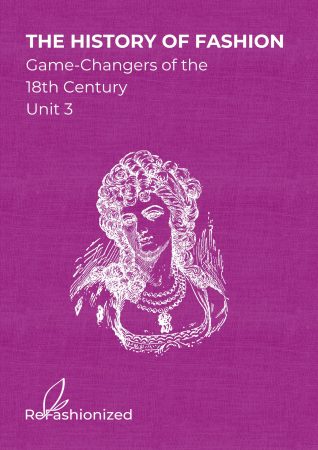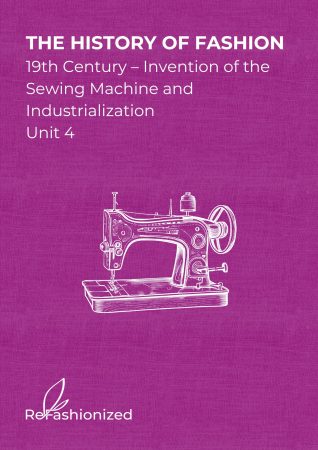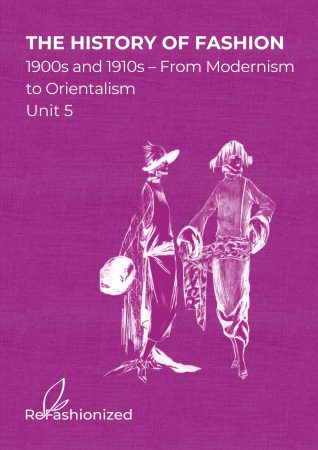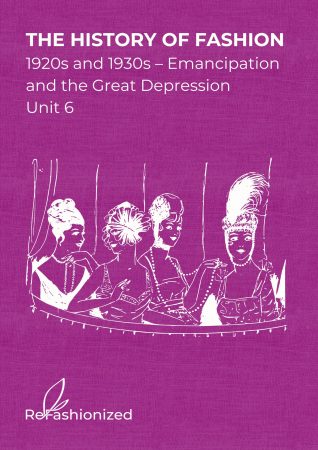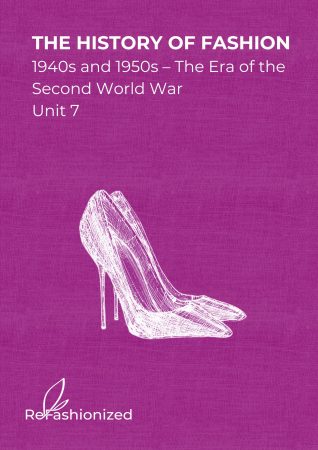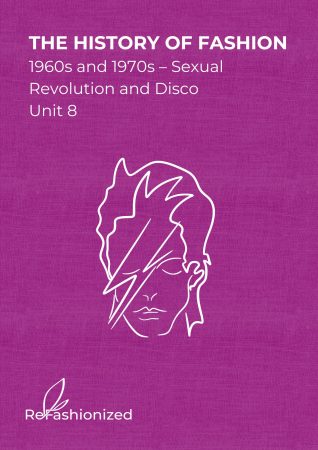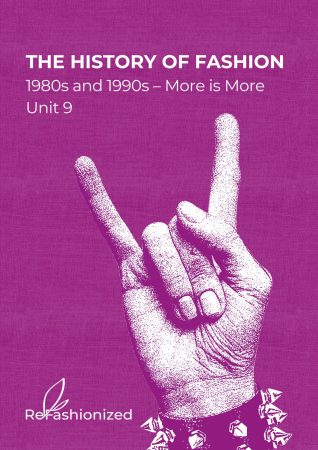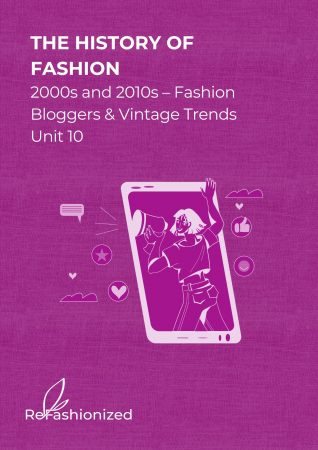History of Fashion Booklet and Training Materials
The History of Fashion Booklet features 10 engaging units that explore the evolution of fashion, from prehistory to the 21st century. It presents how fashion has served as a tool for self-expression and reflects societal changes by utilizing the PESTEL framework (Political, Economic, Social, Technological, Environmental, and Legal) for analysis.
Each unit is accompanied by training materials, including a PowerPoint presentation, a workshop plan with interactive activities, and additional resources. A comprehensive methodology is also provided to support youth workers, trainers, and educators interested in pursuing non-formal education in fashion history.
The History of Fashion is The History of People
Unit 1
Fashion is important to history because it is a visual marker of human evolution. Changes in human history and society went hand in hand with novelty in fashion. The history of fashion and humankind is more intertwined than it seems. Indeed, fashion is not only a means of self-expression and identity but also reflects the cultural, social, economic, political, environmental, and sometimes even legal aspects that regulate society.
Dressed in animal skin – How the History of Fashion began
Unit 2
Throughout human history, clothing and fashion have undeniably played an important role in manifesting the societal changes that have occurred. Clothing has been used not only to cover the human body but also as a form of self-expression and cultural identity.
Game-Changers of the 18th Century
Unit 3
The 18th century is well-known for its opulence, extravagance and innovation. The Industrial Revolution, the invention of the Steam Engine and other scientific advances, as well as the American and French Revolutions, are some of the cosmogenic changes that saw the light during that period. Fashion–wise, elaborate wigs, rich embroidery and hoop skirts converted into neoclassical simplicity towards the end of the century.
19th Century – Invention of the Sewing Machine and Industrialization
Unit 4
In the 19th century, the Industrial Revolution was in full swing, thanks to the introduction of new production technologies, which supplanted old production methods. In the fashion industry, the sewing machine radically transformed production. This invention facilitated the mass production of clothing, reducing costs and production time.
1900s and 1910s – From Modernism to Orientalism
Unit 5
The social, political and cultural changes that shaped the early 20th century were mirrored in the fashion of the time. Fashion as a medium of self-expression symbolised the changing values and ideals that defined the world from 1900 to 1920. Clothing became a societal messenger of attitudes towards gender roles, social justice and individual freedom.
1920s and 1930s – Emancipation and the Great Depression
Unit 6
Following World War I, the 1920s—also referred to as the Jazz Age or the Roaring 20s — saw both social and political upheaval and economic success, which had an impact on women’s fashion, especially through the flapper movement
1940s and 1950s – The Era of the Second World War
Unit 7
World War II, 1939-45 brought many changes, as always happens when big historical incidents occur. Men went to war, women entered the working labour and the presence of war forced fashion to stall in the first decades of the 40s.
1960s and 1970s – Sexual Revolution and Disco
Unit 8
In the 1960s, economic prosperity, the emergence of youth culture, the baby boomers, and the hippie movement led to increased spending on trendsetting styles. Icons like Twiggy and the Beatles established the trends. Concurrently, political movements such as the civil rights movement and anti-war protests influenced fashion as a form of self-expression.
1980s and 1990s – More is More
Unit 9
Modern fashion was born during the economic boom of the 80s and 90s. Many Western countries were in a period of economic prosperity, which increased consumer spending power on luxury items and high-end designer fashion.
2000s and 2010s – Fashion Bloggers & Vintage Trends
Unit 10
2000s and 2010s – Fashion Bloggers & Vintage TrendsNew trade agreements between international markets opened more perspectives for the international fashion industry, and the giant brands started sourcing materials as well as producing merchandise in countries with lower labour costs.
Looking for a tailored solution?
To receive the presentation in PPT format, tailored with relevant content for your training needs, feel free to contact us at info@jkpev.de


